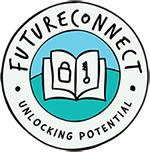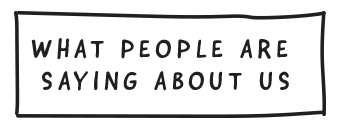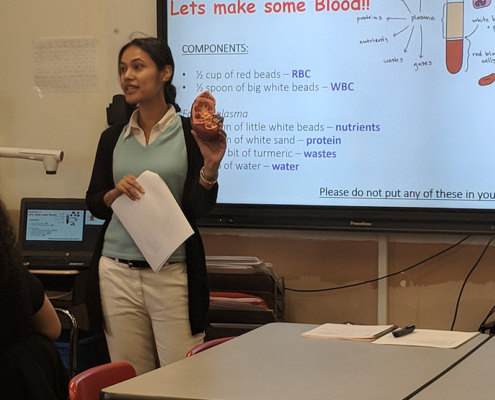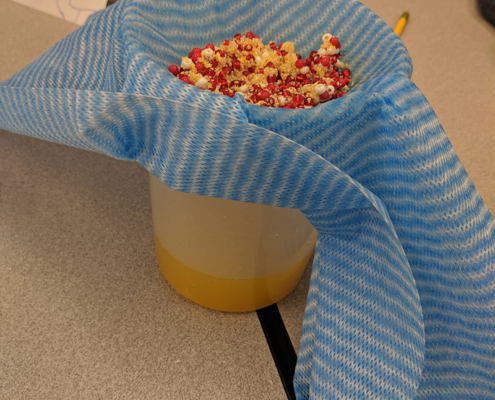Hpw Kidneys Work
Smiti Battacharya, a Phd Student at Columbia University, led a session on “How Kidneys Work” for 12 Kids at the Mott Hall School. Through a series of three hands-on activities, kids learned about the components of blood, how kidneys work, and what happens when kidneys don’t function well.
Smiti started by talking about how engineering and biology are connected. She herself is pursuing a Phd in Bio-engineering, after doing a Masters in Mechanical Engineering. Students first made some blood using beads of different colors, and different household materials for proteins and waste. They used water as the substrate.
Smiti then explained how the filtration process in kidneys work. Students set up a filtration system that showed how wastes go through, while useful nutrients and WBC / RBC stay behind. The yellowish liquid that came through looked like real urine. They then used different filters that simulated faulty kidneys to see what happens when too much or too little waste goes through the filter.
In the last part, Smiti explained how we can help someone with an ailing kidney by taking the kids through the process of dialysis. She also showed them some cells from research she is doing, where she uses nano-technology to simulate the kidney surface area to grow cells so that drugs can be tested in the lab.
